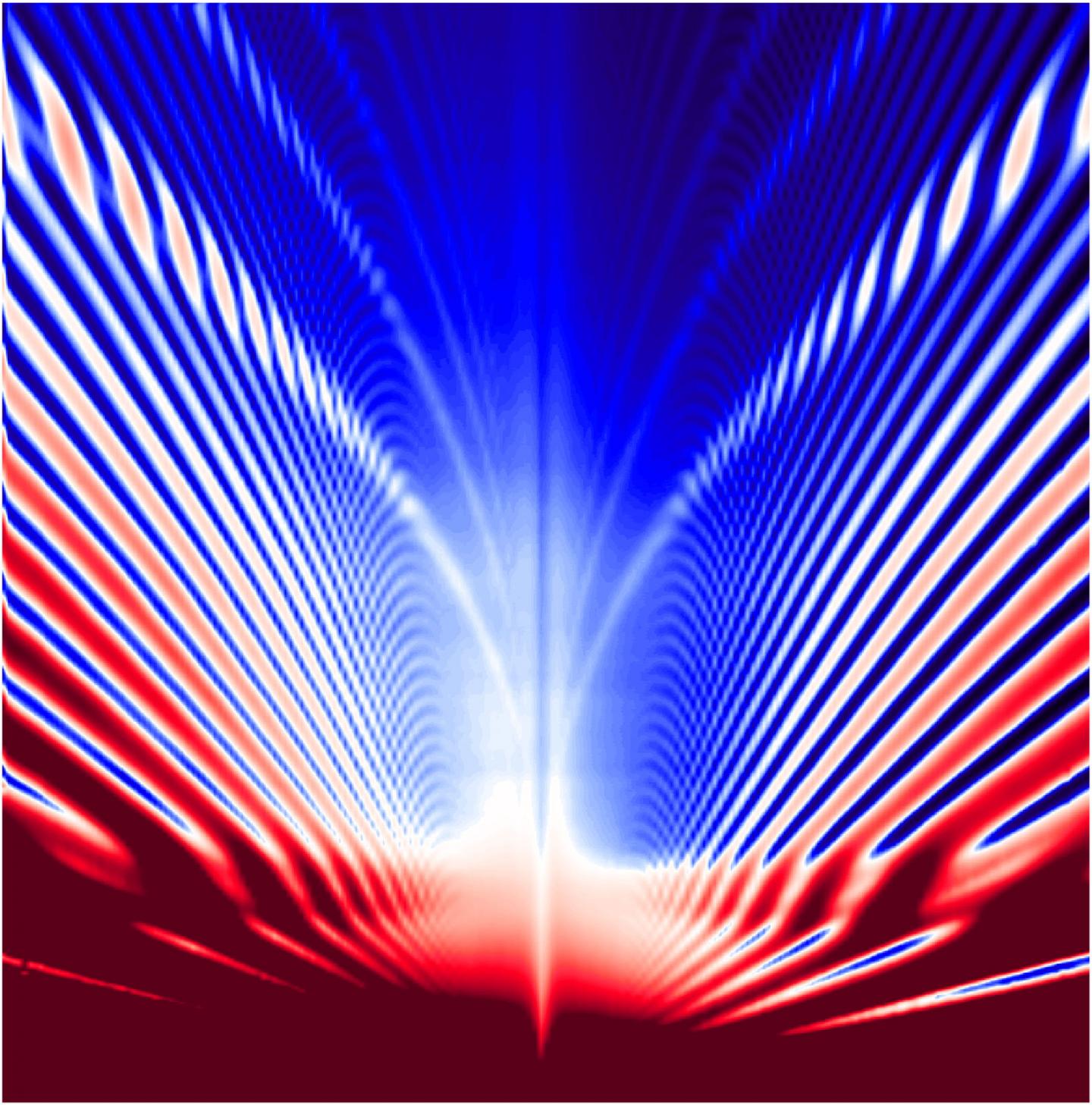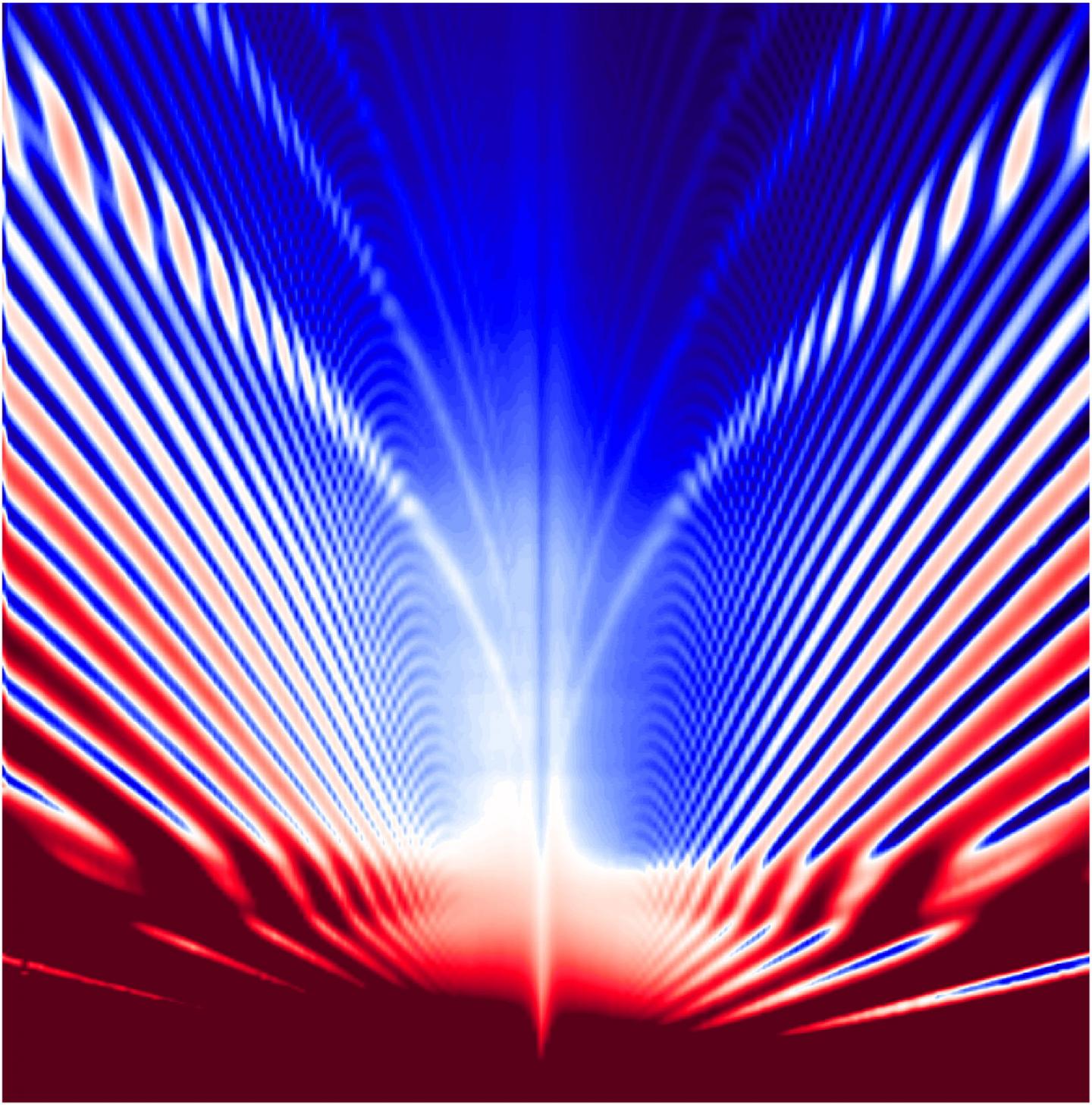
Credit: Biswajit Datta, Mandar Deshmukh
Metals have a large density of electrons and to be able to see the wave nature of electrons one has to make metallic wires that are only a few atoms wide. However, in graphene – one atom thick graphite — the density of electrons is much smaller and can be changed by making a transistor. As a result of the low density of electrons the wave nature of electrons, as described by quantum mechanics, is easier to observe in graphene.
Often in metals like copper the electron is scattered every 100 nanometers, a distance roughly 1000 times smaller than the diameter of human hair, due to impurities and imperfections. Electrons can travel much longer in graphene, upto distances of 10 micrometer, a distance roughly 10 times smaller than the diameter of human hair. This is realized by sandwiching graphene between layers of boron nitride. The layers of boron nitride have few imperfections to impede the flow of electrons in graphene.
Once electrons travel long distances, implying there are few imperfections, one notices the faint whispers of electrons "talking to each other". Reducing the imperfections is akin to making a room quiet to enable the faint whispers of electronic interactions to develop between many electrons.
In a study, led by PhD student Biswajit Datta, Professor Mandar Deshmukh's group at TIFR realized just this kind of silence allowing electronic interactions to be observed in three layers of graphene. The study reveals a new kind of magnet and provides insight on how electronic devices using graphene could be made for fundamental studies as well as applications. This work discovers the magnetism of electrons in three layers of graphene at a low temperature of -272 Celsius. The magnetism of electrons arises from the coordinated "whispers" between many electrons.
###
Media Contact
Mandar Deshmukh
[email protected]
http://www.tifr.res.in
############
Story Source: Materials provided by Scienmag





